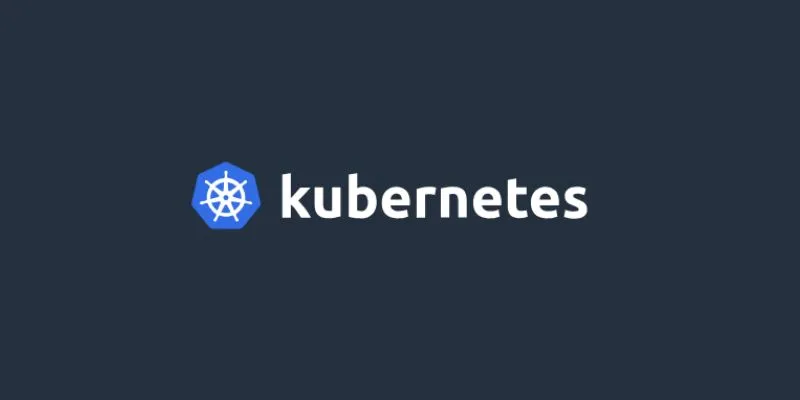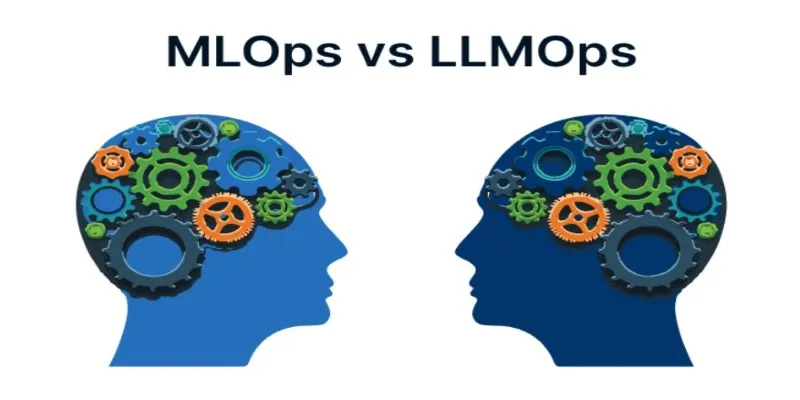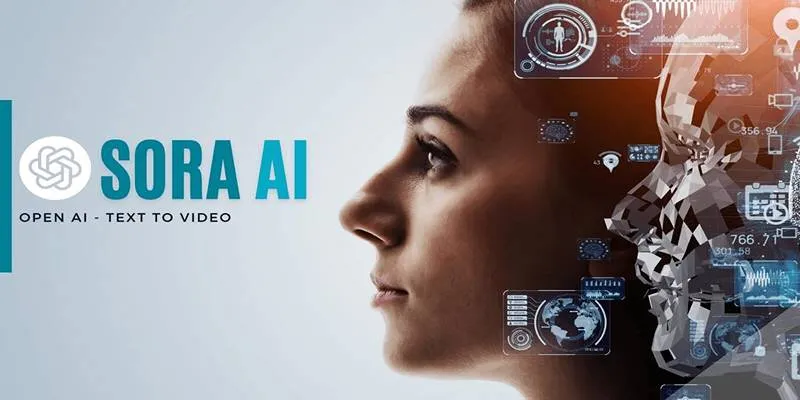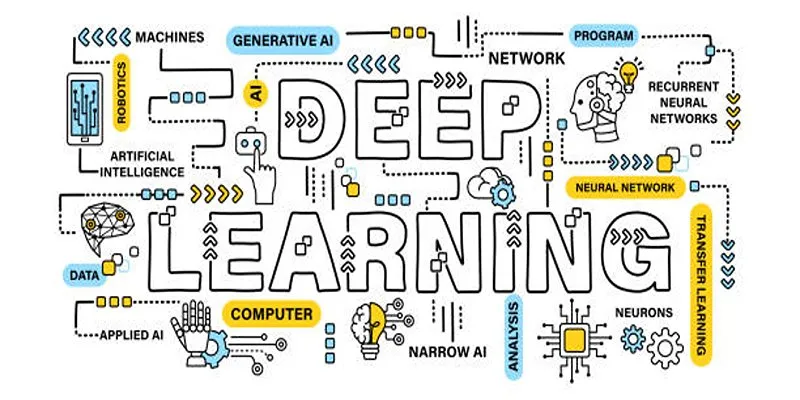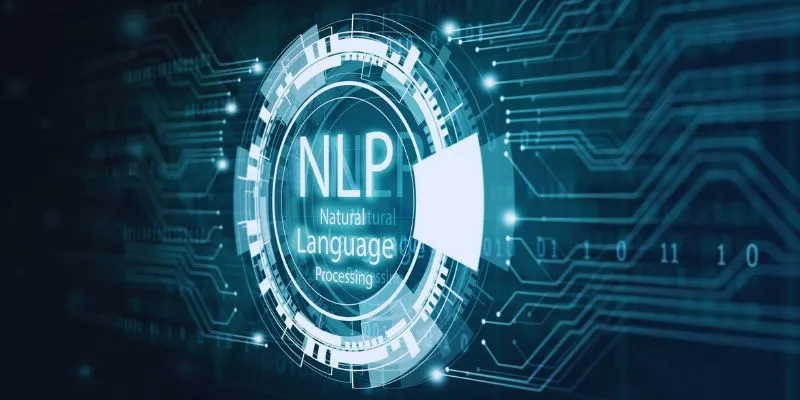Machine learning has evolved from isolated experiments into robust systems requiring constant oversight and scalability. As organizations increasingly depend on machine learning, the need for reliable and maintainable models becomes evident. Enter MLOps—a set of practices inspired by DevOps but tailored specifically for machine learning. MLOps provides a framework to manage this complexity effectively.
Yet, implementing MLOps effectively demands suitable infrastructure. Kubernetes, initially designed for managing containers, has become highly effective for scaling machine learning operations. Together, MLOps and Kubernetes provide a structured and flexible way to confidently bring machine learning models into production.
Understanding MLOps
MLOps, or machine learning operations, connects the experimental nature of machine learning with the operational discipline. Unlike traditional software, where only code changes, machine learning involves evolving data, changing models, and adaptable pipelines. This complexity makes manual deployment risky and inconsistent.

At its core, MLOps builds repeatable workflows, automating data gathering, cleaning, feature creation, model training, validation, and deployment. Automation minimizes errors and ensures consistency, even as data changes or models are retrained. MLOps also focuses on monitoring models in production to detect issues like model drift, ensuring models remain useful over time.
Version control and traceability are equally critical. MLOps enables teams to track which dataset, code version, and configuration produced a specific model, making experiments reproducible and easier to audit. For highly regulated industries, this traceability is indispensable. Automation, monitoring, and versioning collectively bring structure to a field that could otherwise become ad hoc and difficult to maintain.
The Role of Kubernetes in MLOps
While MLOps structures workflows, Kubernetes provides the infrastructure to run them efficiently. Designed to manage containers across multiple machines, Kubernetes makes workloads more scalable, resilient, and portable—qualities perfectly aligned with the needs of machine learning.
Machine learning workloads vary greatly. Data preparation might require high memory, training might need GPUs, and serving a model might demand fast responses with minimal resources. Kubernetes efficiently schedules each part of the pipeline on the appropriate hardware and monitors resource usage. If a container fails mid-task, Kubernetes can restart it, ensuring workflow continuity without human intervention.
The machine learning ecosystem has embraced Kubernetes through tools like Kubeflow, which extends its functionality to better suit data science workflows. Running on top of Kubernetes, Kubeflow adds components for training models, tuning parameters, managing experiments, and serving models in production. Teams using Kubeflow benefit from the same scalability, fault tolerance, and portability Kubernetes provides.
Portability stands out as one of Kubernetes’ biggest advantages. Teams can develop and test models in one environment and deploy them in another without major adjustments. Kubernetes abstracts the underlying infrastructure, allowing it to run on public cloud, private servers, or a hybrid of both. This flexibility enables teams to choose deployment environments that align with their budget and compliance needs without rewriting pipelines.
Overcoming Challenges and Best Practices
Despite the synergy between Kubernetes and MLOps, their combination presents challenges. Kubernetes has a steep learning curve, which can be daunting for machine learning practitioners more familiar with data and modeling. Building a team that bridges data science and operations requires time and clear communication.

Careful resource allocation is crucial too. Training models on Kubernetes can be resource-intensive. Without proper quotas and priorities, teams might experience slowdowns or conflicts as workloads compete for resources. Planning cluster capacity and setting sensible resource limits help prevent these issues.
Security is another critical consideration. Kubernetes, like any infrastructure platform, requires proper access controls to ensure only authorized users can modify workloads or view sensitive data. In shared environments, this is vital to prevent accidental or malicious interference between projects.
Versioning and monitoring complete the loop. As models and pipelines evolve, it’s crucial to know which model is running in production and quickly roll back if problems arise. Kubernetes supports strategies like canary releases, allowing teams to deploy new models to a small user segment before wider rollout. By using monitoring tools like Prometheus and Grafana, teams can closely watch performance metrics, model accuracy, and system health to catch issues early.
By approaching MLOps with a clear plan and using Kubernetes thoughtfully, teams can build workflows that are reliable, flexible, and maintainable without overcomplicating their infrastructure.
The Future of MLOps with Kubernetes
As machine learning expands into more industries and use cases, the demand for reliable and scalable systems grows. The partnership between MLOps practices and Kubernetes infrastructure is expected to deepen as organizations seek consistent ways to build, test, and deploy models. Kubernetes is anticipated to play a larger role as hardware accelerators like GPUs and TPUs integrate further into cloud-native environments. Emerging tools are simplifying the definition of machine learning workflows as code and managing them entirely within Kubernetes clusters. These advancements will make sophisticated workflows more accessible to smaller teams, reducing operational complexity.
For teams building machine learning products, adopting MLOps with Kubernetes is a logical step towards better structure and predictability. It brings order to often improvised processes and provides a robust technical foundation for deploying machine learning at scale.
Conclusion
MLOps and Kubernetes address distinct needs yet complement each other seamlessly. MLOps offers the structure and discipline needed to treat machine learning as a sustainable process, while Kubernetes provides the infrastructure to support these workflows reliably. Together, they help teams move from experiments to production with confidence. As practices mature and tools improve, this combination will continue shaping how machine learning is delivered at scale. Teams that embrace both can deliver models that perform consistently, not just in controlled environments but in the dynamic conditions of the real world.
 zfn9
zfn9
